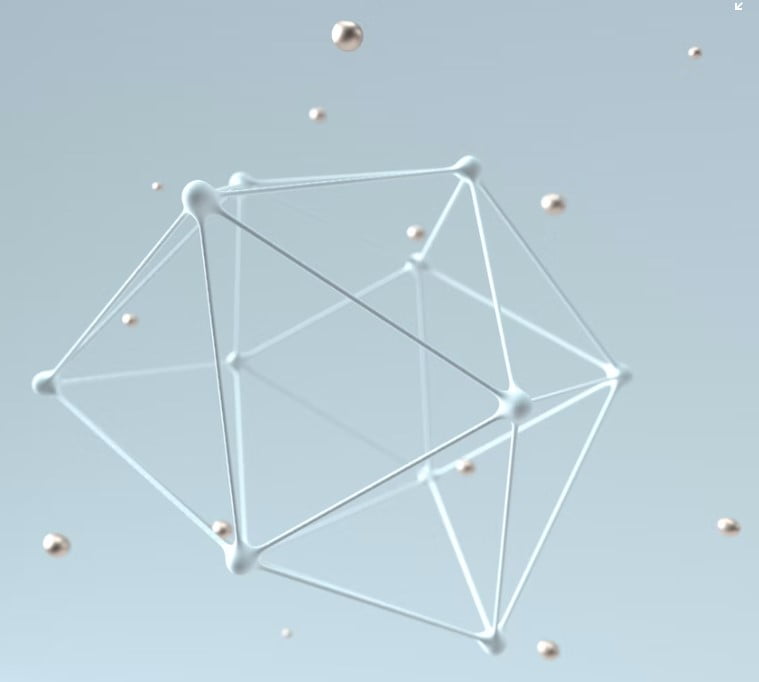Understand why Quantum Coherence is Important
Quantum physics is often considered to be one of the most mysterious areas of science. Many people find it difficult to understand how something could exist without being seen, or the ability to be in to states at the same time.
In short quantum coherence means, the ability for a qubit (quantum processor) to maintain its superposition state over time.
Its an important metric when examining quantum computers and often overlooked by more widely counting the number of qubits to measure capability.
There are quantum basics that need to be quickly explained before we answer “what is quantum coherence”.
Lets expand further
Firstly, lets understand what superposition means, as its fundamental to the meaning of Coherence. When talking quantum physics, the word “superposition” it’s a way of describing something that is simultaneously in many different states. For example in two locations at the same time, or off and on at the same time.
The word ‘coherent’ describes how two things are related to one another. For example, you could say that a pair of eyes are coherent because they’re both blue.
The term “quantum coherence” was coined by John Stewart Bell in 1964. He argued that quantum coherence enabled faster communications over long distances. In fact, he proposed that quantum coherence was what allowed us to communicate via radio waves.
In recent decades, scientists have been able to demonstrate that quantum coherence exists in a variety of different situations. For example, the spin of electrons, photons, atoms, molecules, and even entire macroscopic objects such as Bose–Einstein condensates, can behave coherently.
Quantum Computing and Coherence
With a bit of a foundation built, lets start to relate how coherence impacts quantum computing. Over the past 5 years, we have seen considerable progress in quantum computers, they are becoming more capable at an alarming rate.
There are many metrics which determine the speed at which a quantum computer operates at, often used to compare against other systems. The most common measurement is called a qubit, it can be seen as the processing component of the computer. You might say the more qubits you have in a single system the more powerful it becomes.
As an example, a quantum computer with 50 qubits is more likely to process information faster than one with 5 qubits. But the interesting fact is, there is more to the overall performance of a quantum computer than just the number of qubits.
Qubit Interference
One of the important factors is interference, especially when considering superconducting quantum computers that operate in a dilution refrigerator at temperatures near absolute zero (zero kelvins, equals −273.15 degrees Celsius, or -459.67 Fahrenheit). This is a core requirement along with a vacuum to minimise noise and interference from the classical world.
In the example above, if we take the same quantum computer with 50 and 5 qubits, if the one with 50 also experienced a lot of noise, than the 5 bit machine, then again, its highly possible the 5 qubit machine delivers a better result.
Qubit Coherence Time
Finally, we come to qubit coherence time, here we are analysing the time an atom or qubit exists in a superposition state. During this state, as mentioned above, the mysterious capabilities exist where the qubit can act in unthinkable was such as being in two locations at the same time.
The longer this stage can exist, the more requests can be processed by the qubit and the better outcome is achieved. There is considerable investment to manipulate an atom into a quantum computer, so the longer you can keep the state, the increased return you will receive.
Again, lets reference the 50 and 5 qubit quantum computers. If we have 50 qubit machine, and its only able to maintain coherence for 1 millisecond and the 5 qubit machine is able to maintain for 1 second, then machine with less qubit probably provides a better outcome.
Quantum decoherence
Another point to consider is decoherence, this is the loss of quantum states due to interactions with the environment. Decoherence is a major issue for quantum computers as we have seen in the examples above, but not all environments cause the same effect on a quantum computer. Different types of quantum computers use different qubit architecture which results changes in coherence time.
Further Research
Quantum computing is changing every 3-6 months, investments are high and research is occurring at a pace never seen before. Its likely we will see machines with more qubits, higher coherence rates enter the new soon enough.
In Summary
Superconducting qubits are atoms that produce bits of quantum information, the primary component of quantum computers. Like traditional binary circuits in classical computers, qubits can maintain one of two states corresponding to the classic binary bits, a 0 or 1. But quantum computing qubits can also be a superposition of both states simultaneously, which allow quantum computers to solve complex problems that are classical word computers cant.
The duration qubits stay in a superposition state is referred to as their “coherence time.” The longer the coherence time, the greater the ability for the qubit to solve complex problems.


